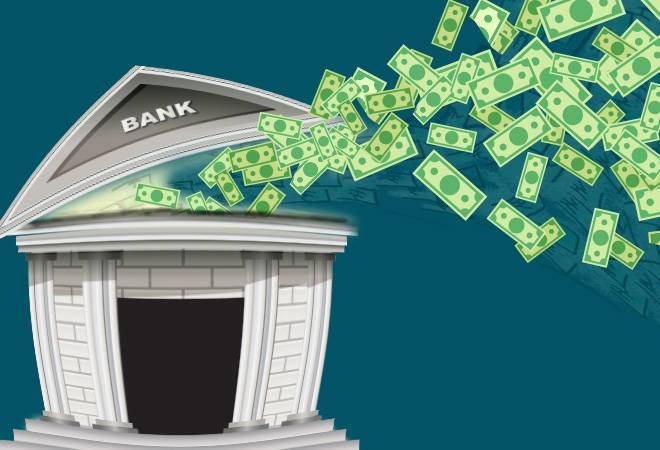
A bad bank is a bank set up to buy bad assets of banks and financial institutions. The purpose of setting up a bad bank is to clean up the balance sheets of (good) banks so that they can focus on lending.
- The bad bank buys non-performing assets/ NPA (bad assets) from banks at low prices
- Then it tries to recover these NPAs/ loans over a period of time or sell them to investors.
The first bad bank was created in 1988 by the US-based Mellon Bank.
During the Eurozone crisis, bad banks were established across many countries. The three largest – Ireland’s NAMA, Sapin’s Sareb, and Germany’s FMS Wertmanagement…… purchased, largely real estate loans
Urbanomics
In India, the idea of a bad bank first appeared in The Economic Survey of 2016-17, as one of the solutions to NPAs. Then it was mentioned in Project Sashakt. It was a set of recommendations by a three-member bankers’ committee set up by the government in 2019.
Further, the Indian Banks’ Association had submitted a proposal to set up a bad bank to the Finance Ministry and RBI in May last year
For the uninitiated
The NPAs are assets that have stopped generating income for a bank. Bank’s assets comprise mostly of loans and when these loans are on the verge of default (that is, about to go bad), they are classified as NPA.
In India, a loan is classified as NPA, if the interest or any installment on the loan remains unpaid for a period of more than 90 days…..
It (NPAs) not only affects the balance sheet and profitability of banks but also limits credit availability to the corporate sector.
/twin-balance-sheet-challenge/
Why is there a debate regarding setting up a bad bank?
It is because the Non-performing assets of banks are expected to rise due to the pandemic. The economic slowdown induced by the pandemic has impaired the ability of companies and individuals to repay their loans.
According to the latest Financial Stability Report of the RBI, the gross NPA (GNPA) ratio can go up from 7.5 percent in September 2020 to 13.5 percent in September 2021. It is the highest in 22 years.
Therefore, the RBI Governor, Shaktkanta Das, has agreed to consider the idea of creating a bad bank. But, the Government is opposed to the idea as it favours a market-led solution to resolve the problem of NPAs.
What are the cons of setting up a bad bank?
- It leads to moral hazard. The banks will become reckless in lending if they are certain that their bad loans will be bought by the bad bank.
- The bad bank will be initially funded by the Government. Most banks in India are owned by the Government. So it will just mean that the bad loan will be transferred from one account to another
- There are other solutions to NPA. The Government had enacted the Insolvency and Bankruptcy code in 2016 to simplify the process of resolution of NPAs. Then, there are 29 licensed Asset reconstruction companies (ARCs) in India. ARCs have a similar concept to bad banks, but they are privately owned. Also, they don’t buy all the bad loans from banks. They look at the business viability of these assets. ARCs are registered with RBI under Section-3 of the Securitisation and Reconstruction of Financial Assets and Enforcement of Security Interest Act, 2002.
Economyria is now on Telegram. For a simplified analysis of topics related to economy/ business/ finance, subscribe to Economyria on Telegram
Nicely explained article.
Great to see madam after long time
A good article but after a long hiatus.
Pls do write on the recent Recapitalisation of Punjab & Sind Bank ?
Mam please keep on publishing more and more articles and keep us enlightened…